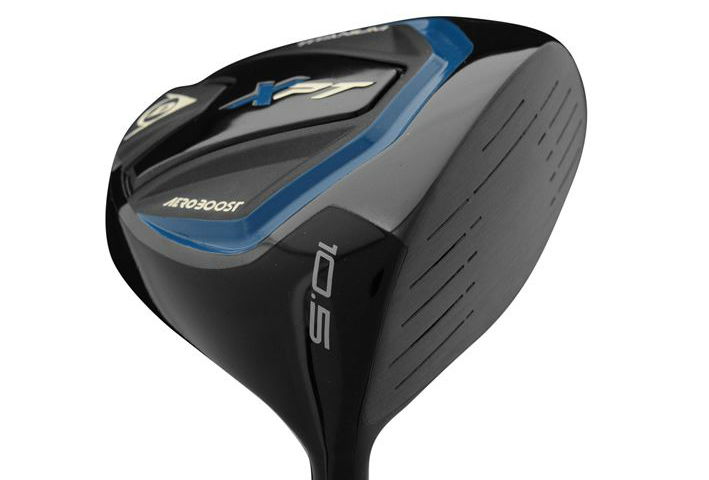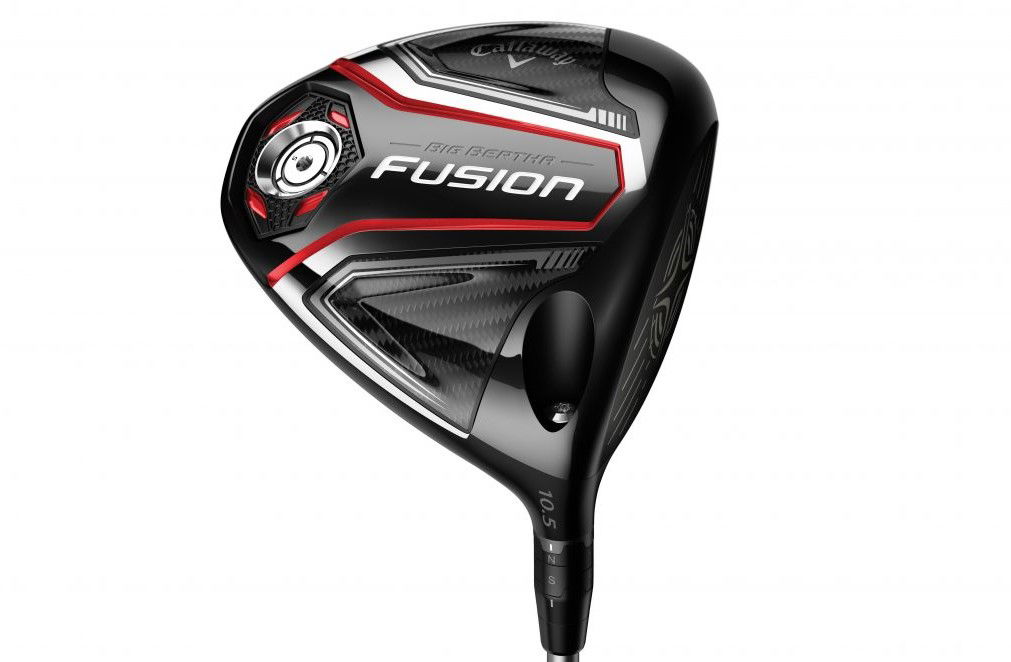Titleist 917 D2 Driver Review: Music to our ears
The Titleist 917 D2 driver is a massive improvement on its predecessor in almost every way, and it sounds like it too.


Almost every time Titleist come to market with a new big stick, it’s a leap forward in technology and performance. And the Titleist 917 D2 driver, along with the D3, is no different.
We visited the Titleist National Fitting Centre at St Ives GC to put the drivers through their paces.
We suggest every player gets fit when buying a new club, in order to get the maximum performance from their new bat.
All you need to know: Best Golf Drivers

Titleist 917 D2 driver - Looks and Feel
The brand has gone back to what we would consider a more traditional 'Titleist' look.
Following feedback from Tour players and consumers, it has moved away from the black finish seen in the Titleist 915 driver to a silver finish in the 917.
The shape is also slightly more boxy at the heel and toe end of the club, towards the face. It’s still a traditional head shape, however, and looks superb sat behind the ball. It should inspire confidence.
The underside of the club reflects Titleist as a brand; forward-thinking but classy. There’s a heap of tech employed in this driver, and while this can be seen when you flip the club over, it doesn't have a cluttered or overbearing aesthetic – a trap some other brands fall into.
The 460cc D2 and 440cc D3 are incredibly similar in shape, and have identical aesthetics. The D3 looks like a slightly shrunken version of the D2, albeit only slightly. The D3 has a deeper face compared to the D2.

The feel is solid, responsive, and soft like the 915, but the 917 possesses a livelier feel off the face. It is an exceptional feel, and impressively it stays relatively constant across the face.
The sound is a revelation. A host of Tour players were not happy with the sound of the 915, which is relatively high pitched. Titleist therefore tweaked its new big stick to make sure the dynamics were in harmony, and they achieved it with aplomb. The pitch is much lower, more of a 'thwack' than a 'ping', and much more full-bodied.
Titleist looked at frequency and a "loudness factor" target, which incorporates volume and length of sound. By knowing what the average golfer and Tour pro wants to hear in a driver, Titleist were able to build a product that would appeal to the mass market.
Titleist 917 D2 driver - Performance and Forgiveness
There has been a huge leap in forgiveness in the 917 drivers compared to its predecessors. Titleist hasn’t re-invented the wheel to do this, rather taking technology it already had, and upgrading it.

In fact, robot testing showed the new 917 driver is 100 to 200 RPM lower in spin compared to the 915 driver, thus meaning longer drives.
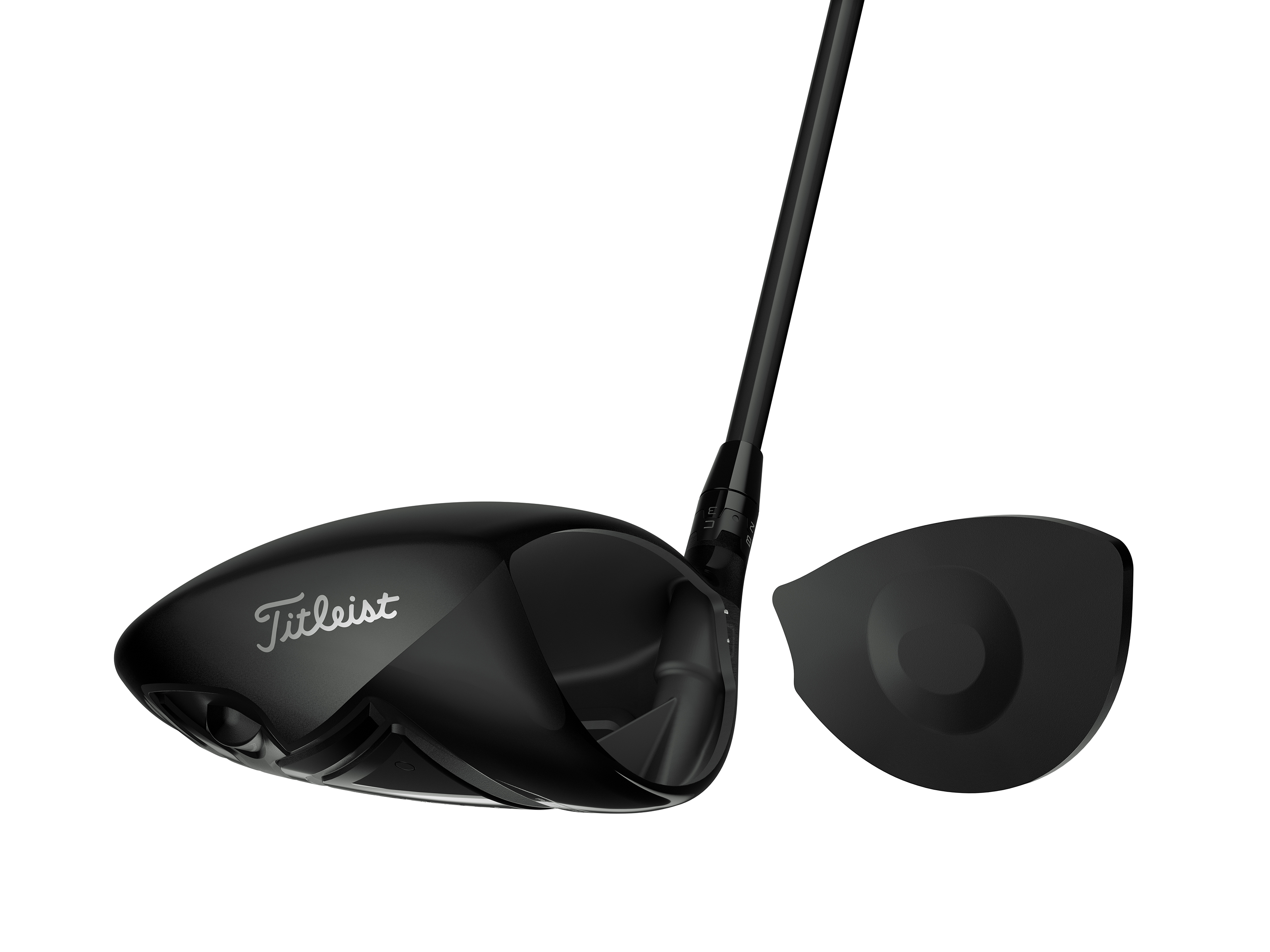
Overall, the head of the drivers, especially the D2, are designed to be high in MOI (moment of inertia) in order to offer as much assistance as possible on those off-centre hits.
In terms of distance, the 917 drivers are some of the longer big sticks on the market in 2016. We averaged around 285 yards total distance in some blustery conditions and were getting spin rates around 2,500 RPM.
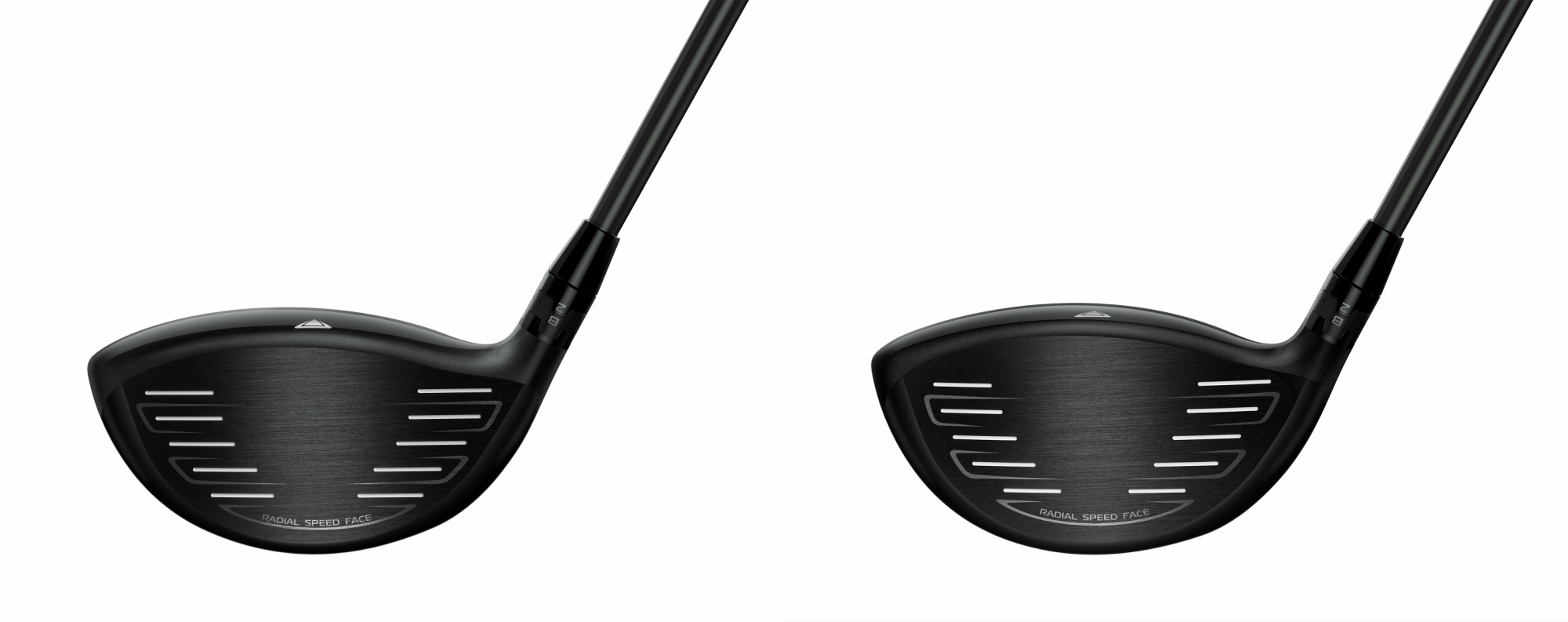
Titleist D2 (left) and D3 (right) face
Perhaps more impressively, when straying from the sweet spot considerably, we were only losing between 10 and 30 yards, and the spin rates were fairly constant.
We did receive small distance gains from the smaller D3 head, up to five yards in total distance. However, there is a clear jump in forgiveness, with the D2 offering more help.
The new 917 drivers offer a shed load of adjustability, allowing players a driver perfectly suited to their game.

The company's popular SureFit Hosel is once again back for more, providing users a simple tweak of the loft and lie angle. Alongside this is a SureFit CG weight - a new piece of tech for 2016.
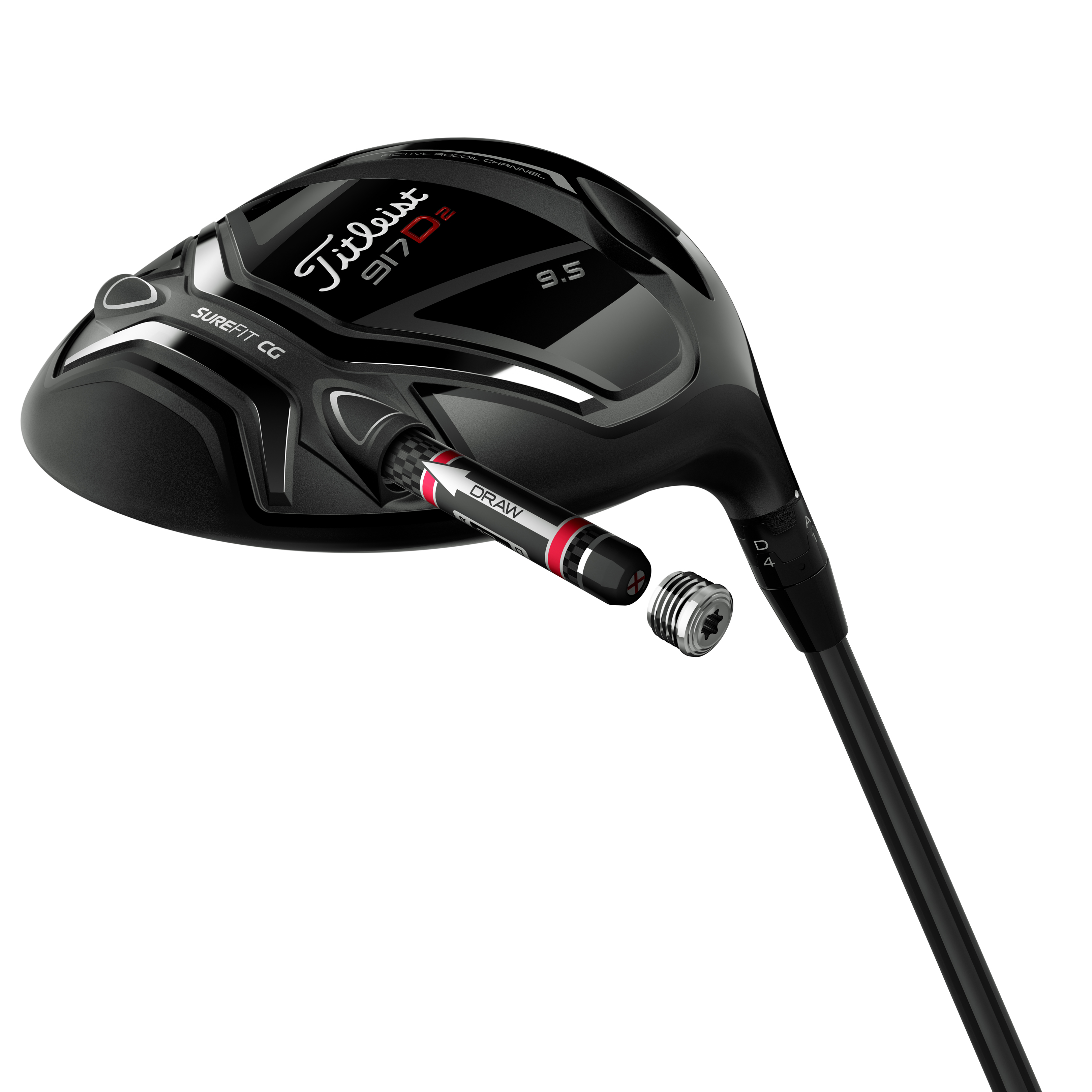
A weight is slid into the back of the head at an angle, which can be neutral, draw or fade bias. This allows the clubhead's CG to be moved front to back, or heel to toe by changing the weights, which also changes the overall swing weight of the club.
Depending on the desired shot shape a player wishes to see, or if a player wants to try and straighten up their shot shape, this system allows them to do it.
But why do this rather than use a tracking system, seen in so many other drivers? Titleist say tracking systems add weight to the head, which they wanted to cut out, and the SureFit system allowed them to more effectively manipulate CG in the head for performance gains.
For me, knowing that my natural shot shape is a draw, having the fade weight in meant I was going harder at the ball, as I felt confident I was not going to lose my shot to the left.
Pleasingly, it takes seconds to change the weights – it’s just a case of unscrewing them and sliding in a new one.

In terms of trajectory, the 917 D3 has a slightly more penetrating flight than the D3, and was spinning up to 300 RPM less.
The smaller head shape of the D3 allowed us to manipulate the ball a little more so than the D2, although we were also able to achieve this with the bigger head.
The D2 head also has a natural draw bias built into it, which will help players that tend to lose it to the right, which is normally higher handicap players.
As all clued-up golfers know, matching shaft, head and swing is paramount to unleash you potential. There are a four stock shafts available, one more than offered with the 915.
Even with similar flex and weight, shafts vary in feel and performance, so players need to try a range before deciding on what’s best for them.
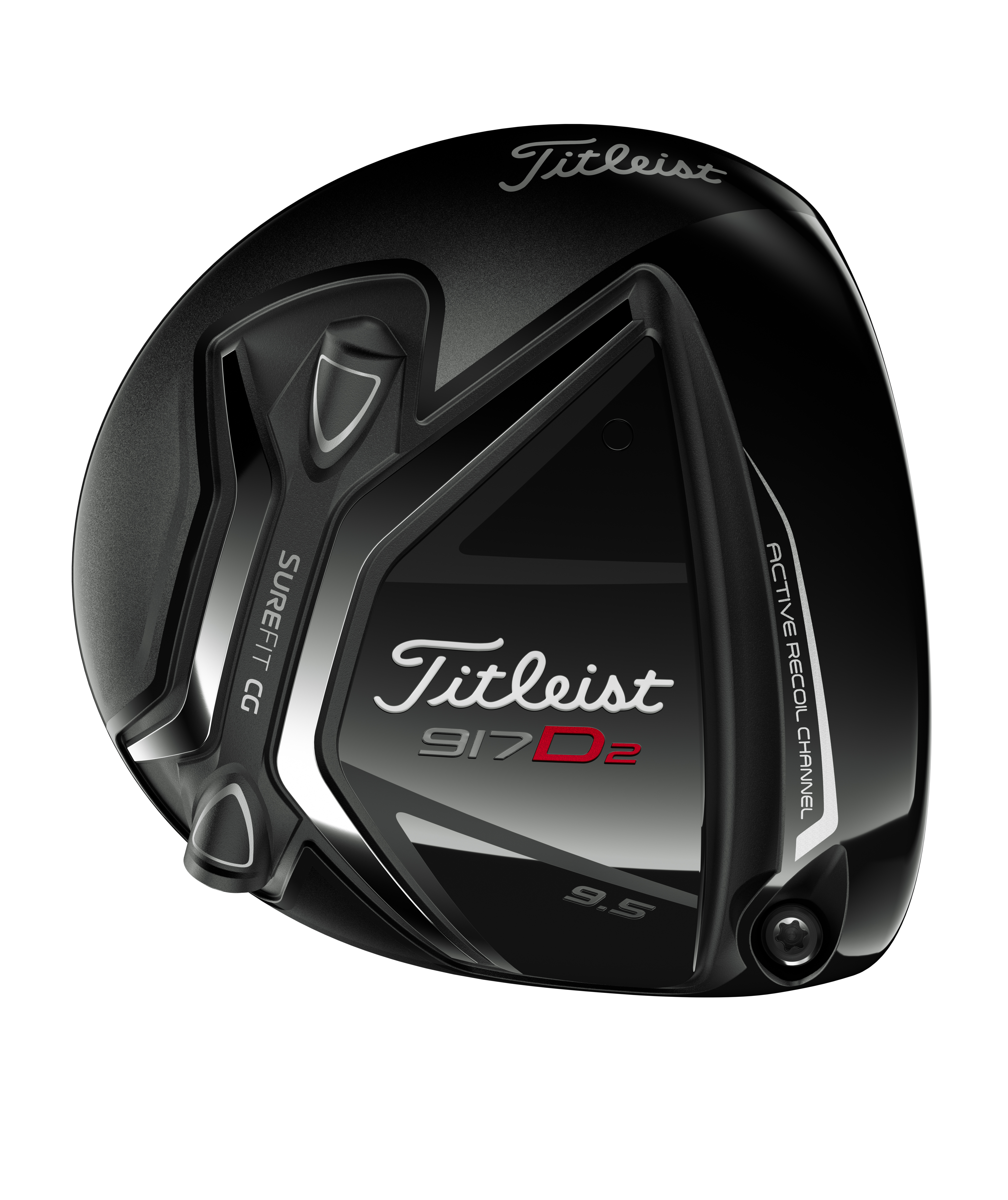
Should you buy the Titleist 917 D2 driver?
More forgiving, more adjustable, better sound and feel – yes, the 917 is a big improvement on the popular Titleist 915 models.
Upgrades to tech seen in the previous iteration improves the forgiveness on offer dramatically, and Titleist have vastly improved the sound of the driver after taking advice from Tour players and customers.
A new SureFit CG weight system allows players to alter shot bias, or alter the CG. This should make players more confident over the ball.
The D3 is essentially a shrunken version of the D2 head, allowing players to have more control over their shot, but sacrificing forgiveness.
Without question, one of the hottest products on the market in 2016.
